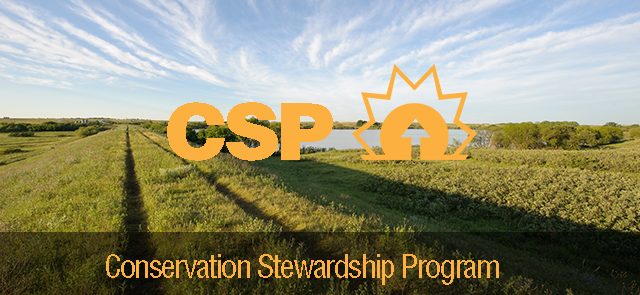 Those looking to enroll in USDA’s Conservation Stewardship Program will have until Friday, May 10 to apply for funding this year. USDA’s Natural Resources Conservation Service (NRCS) will be investing up to $700 million to be used on new enrollments as well as contract extensions. Applications can be submitted any time during the year, but those looking for consideration for 2019 funding will need to submit an application to a local NRCS office by the May 10 deadline.
Those looking to enroll in USDA’s Conservation Stewardship Program will have until Friday, May 10 to apply for funding this year. USDA’s Natural Resources Conservation Service (NRCS) will be investing up to $700 million to be used on new enrollments as well as contract extensions. Applications can be submitted any time during the year, but those looking for consideration for 2019 funding will need to submit an application to a local NRCS office by the May 10 deadline.
There have been some improvements made to the Conservation Stewardship Program as a result of the 2018 Farm Bill. One of the most significant changes made to the program is covering eligible applications based on dollars instead of acres. The funding available to producers will cover a portion of the cost for implementing new conservation activities as well as maintaining existing activities.
“CSP continues to be a very effective tool for private landowners working to achieve their conservation and management goals,” NRCS Chief Matthew Lohr said. “It is the largest conservation program in the United States with more than 70 million acres of productive agricultural and forest land enrolled.”
Other changes to the program include increased payment rates for certain conservation activities, such as cover crops and resource-conserving crop rotations. The program will now also provide specific support for organic activities, including transitioning to organic production. There is also a special conservation initiative for specified producers that have maintained cropland base acres.
“In previous farm bills we had an $18-dollar-per-acre cap associated with the overall program administration and a total acreage of about 7.9 million acres. Now this gives us as an agency a lot more flexibility just to administer,” said NRCS Deputy Chief Jimmy Bramblett. “Much like EQIP and all of the kinds of special programs that are primarily focused on the financial assistance and the dollar limitations associated with the authorization.”
Additional information about the program can be obtained through local USDA service centers.










